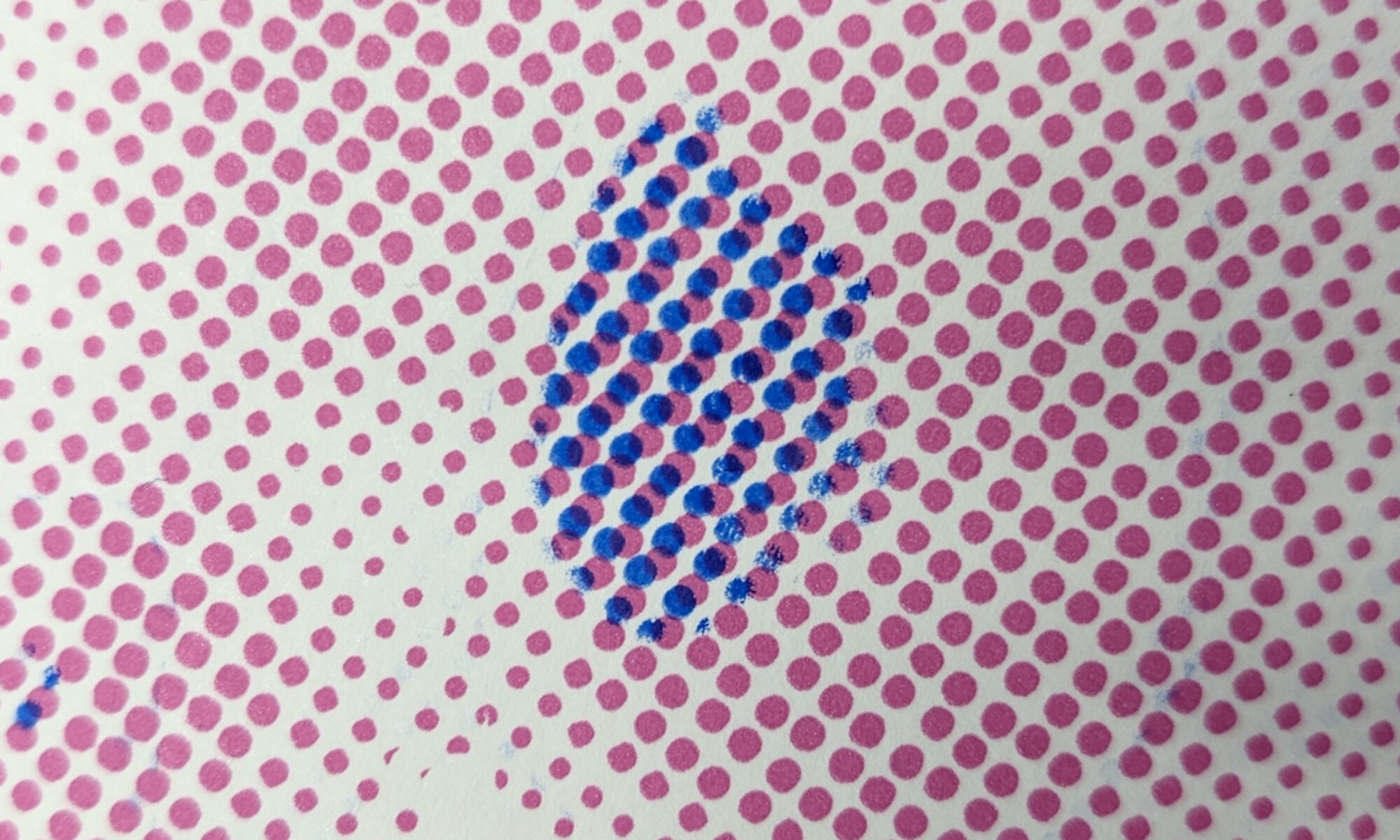Web/seminars. Murals, Whooping Cranes, Buoys, Lighthouses and Lightships.
Online web/seminars are getting underway after the not-so-festive break. Although not the real experience online video events are becoming more efficient with less tech teething issues allowing access with ease to content and interaction. The global internet allows participants and presenters to contribute from their base, no matter where they may be. The old democratising dictum of digital to be accessible to anyone “anytime anywhere” is coming to pass. The first alert to pop up was from the Yale Alumni Non profit Alliance : “Public Art: Supporting Art as a Way to Build Up & Bind Local Communities”
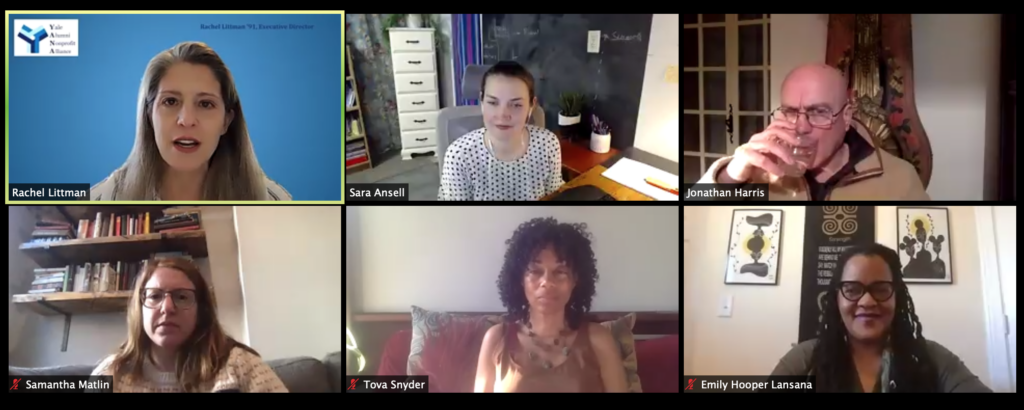
The session’s first speaker was my newly appointed second Phd supervisior Dr Jonathan Harris, Emeritus Professor in Global Art & Design Studies. He talked about the value of the Roosevelt New Deal art and cultural programmes to help counter the affects of the great depression in 1930’s USA. He drew parallels with the current pandemic and how there might be similar effective measures taken by global government’s. The panel provided a diverse range of responses to the public art question. The role of major mural projects were highlighted including the Philadelphia Mural arts Programme : ‘Personal Renaissance.’ The programme was extensive and drew upon mutual health and cultural needs and benefits, which was evaluated over time and in detail.
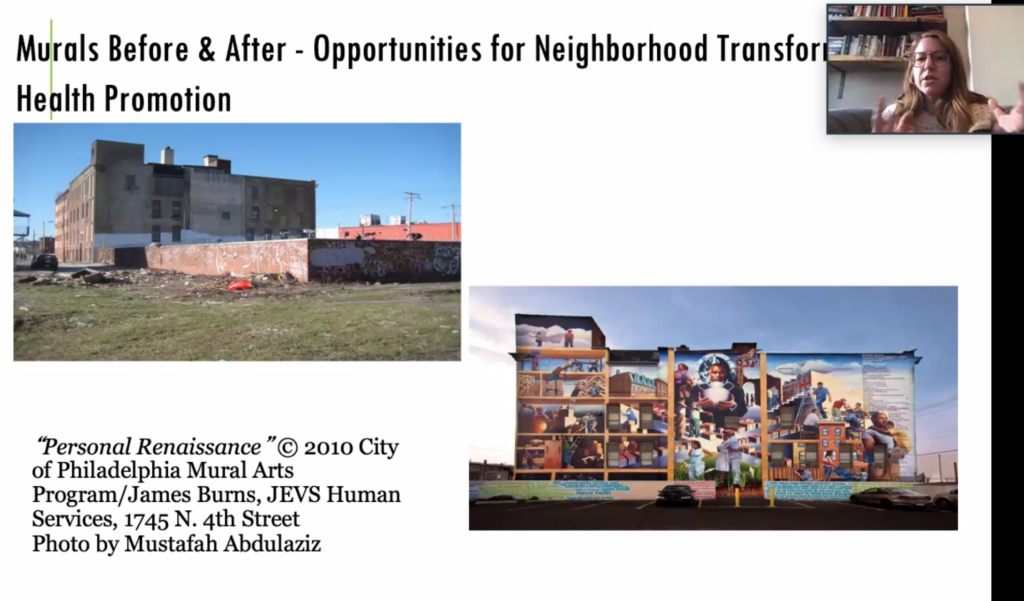
Tamarind
Next up: The Tamarind Institute: Independent curator Candice Hopkins talks to American born, Columbian Mexican artist Harold Mendez about his artistic motivations. The conversation was wide ranging as is his work, however, he did talk about his motivations to make prints at the institute. The two lithographs created at Tamarind incorporate a screen as the final printed layer of each image, which visually changes the viewer’s engagement with the work either up close or at a distance. There is a veil to peer through to the image, but it is not separate, but a part of the image. He had travelled to Havana, to find traces of the life and memory of Cuban artist Belkis Ayón, who tragically took her own life at the age of 32. He set out to find her grave and encountered sites of commemoration, offering, and sacrifice. He made a litho print from a metal plate titled Counterweight which depicts industrial steel weights and pays homage to the lost burial site of Ayón.
The Institute was founded in 1960 on Tamarind Avenue (hence the name). “Tamarind’s founder, the artist June Wayne, with whom I worked closely, later likened lithography’s plight to that of the whooping crane: “In all the world there were only thirty-six cranes left, and in the United States there were no master printers able to work with the creative spectrum of our artists. Tamarind’s challenge, as she saw it, was no less than to create a new ecological system, in the absence of which “this remarkable medium of expression [might] die in its youth without having been asked to reveal its untapped powers for new aesthetic expression.” An informed energy: lithography and Tamarind by Clinton Adams.
More about the dedicated Lithography workshop, press and gallery that was launched in Los Angeles: https://tamarind.unm.edu/about/history/
Trinity Buoy Wharf Drawing Prize
The annual TBW drawing exhibition was unable to be held this year. The photograph advertising past events was a reminder of what we are not experiencing as the gallery was rammed with enthusiastic participants enjoying meeting and sharing the event. Much effort had clearly been made to make the 2020 winning announcement one to remember. The exhibition includes 71 drawings by 56 practitioners selected from 4,274 submissions received from across the UK and internationally. Founder artist Anita Taylor introduced the event from the Cooper Gallery in Dundee with a series of short films and a tour of the exhibition of the 2020 drawings. The event culminated with the commended and winning artist’s drawings.
As well as the winning drawings there is an interactive virtual gallery on the site. Each drawing can be zoomed into and has an information label. Online gallery produced by V21 Artspace
The TBW Trust has a long and intriguing history:
The Corporation of Trinity House was originally a voluntary association of shipmen and mariners and was granted a charter by Henry VIII in 1514 as “The Guild or Fraternity of the most glorious and undividable Trinity of St Clement”. It received its coat of arms in 1573 and with it the authority to erect and maintain beacons, marks and signs of the sea, “for the better navigation of the coasts of England”. Since then, it has been the famous company responsible for buoys, lighthouses and lightships and pioneering the techniques involved.
This history was not particularly alluded to by the TWB representative in his introduction to the ‘Hugely expansive exhibition’, but the value of drawing as ‘the basis of everything’ was. The drawings are rewarding of a visit if not by peering through the windows of the TBW gallery on the River Thames, through the online portral.
Material Encounters and printgang
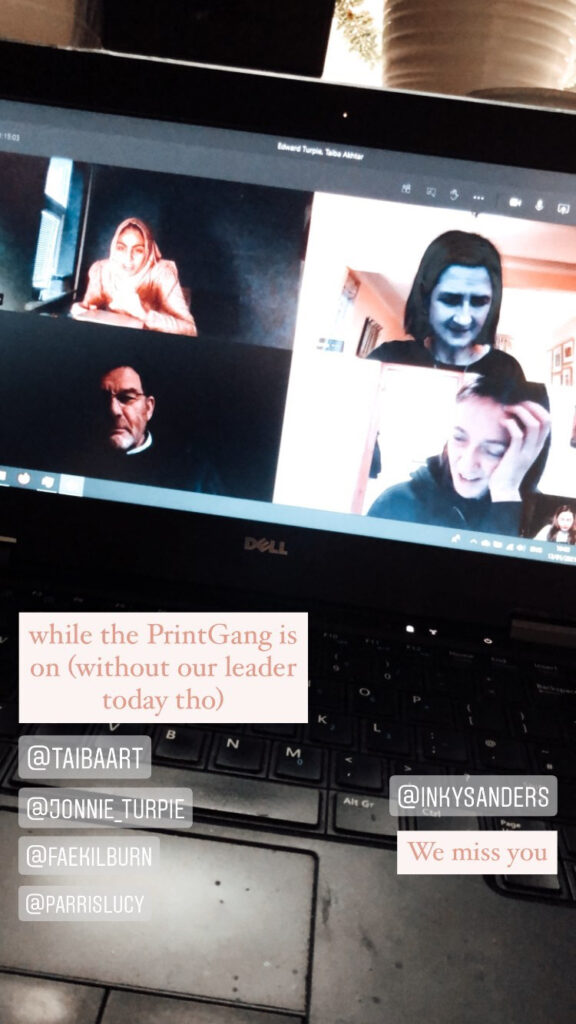
Coming up next is Material Encounters Research Cluster with Erin Manning from Sense Lab in Montreal for which preparatory reading has been undertaken. Tuesday 19th.
Printgang took to the internet again with an all-round catch up. On of our number had experienced covid isolation and talked of a soundtrack of omni present ticking clocks and door knockings. Good to report the virus has been banished from the household.
Lest we forget
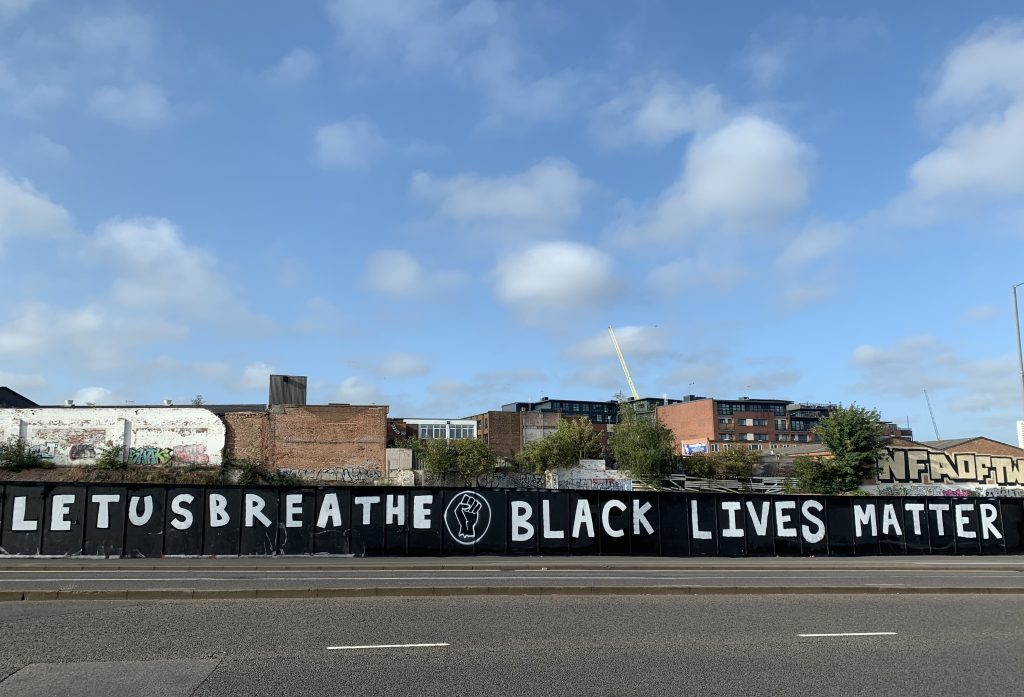
covid update
The death-toll continues rise even though the hospital cases are slowing and the vaccinations are being given in increasing numbers.
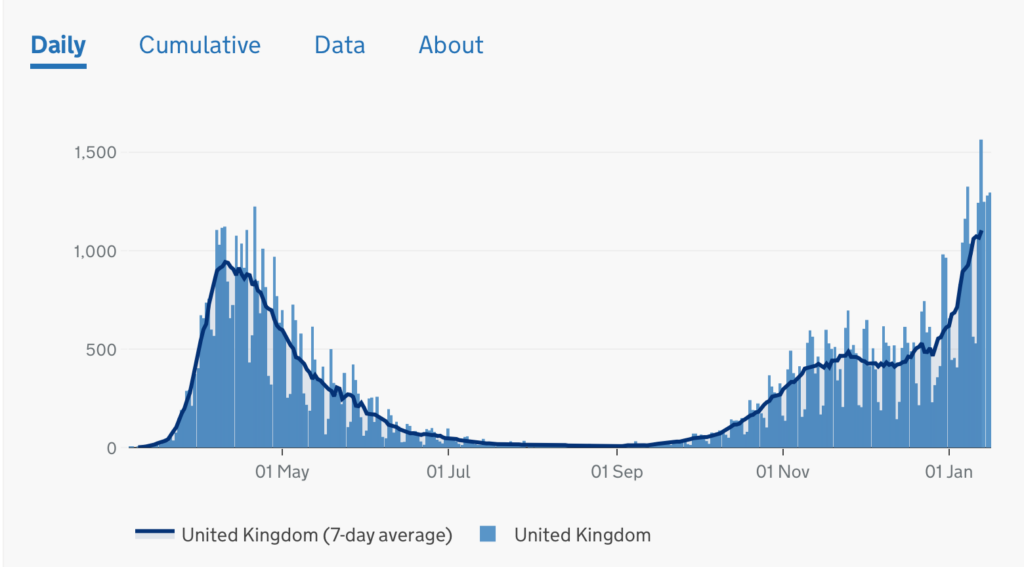
Thats it
